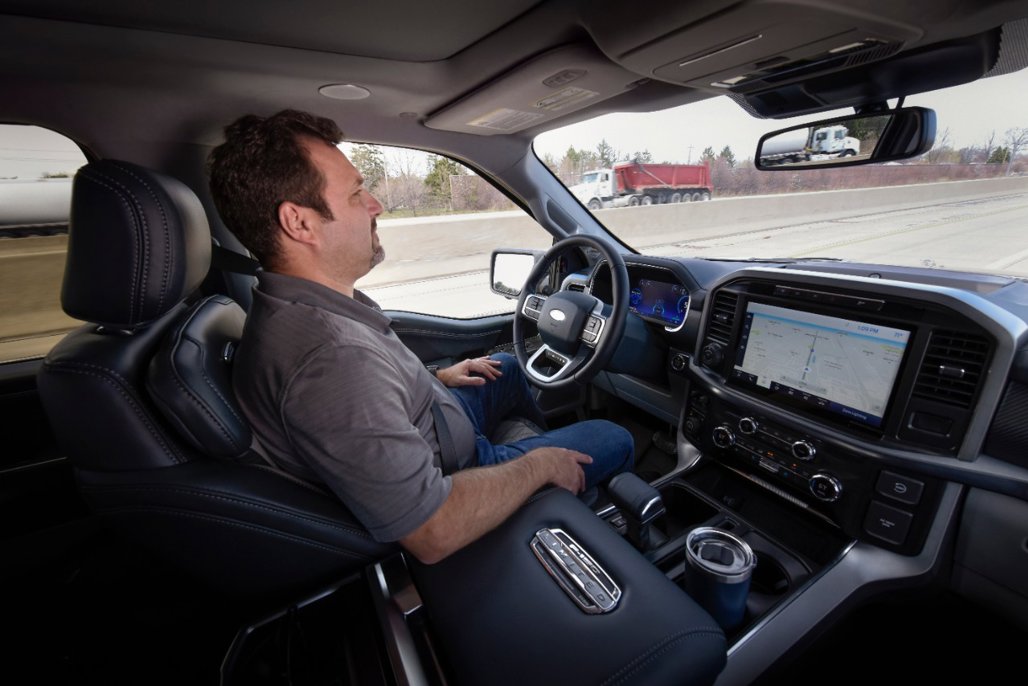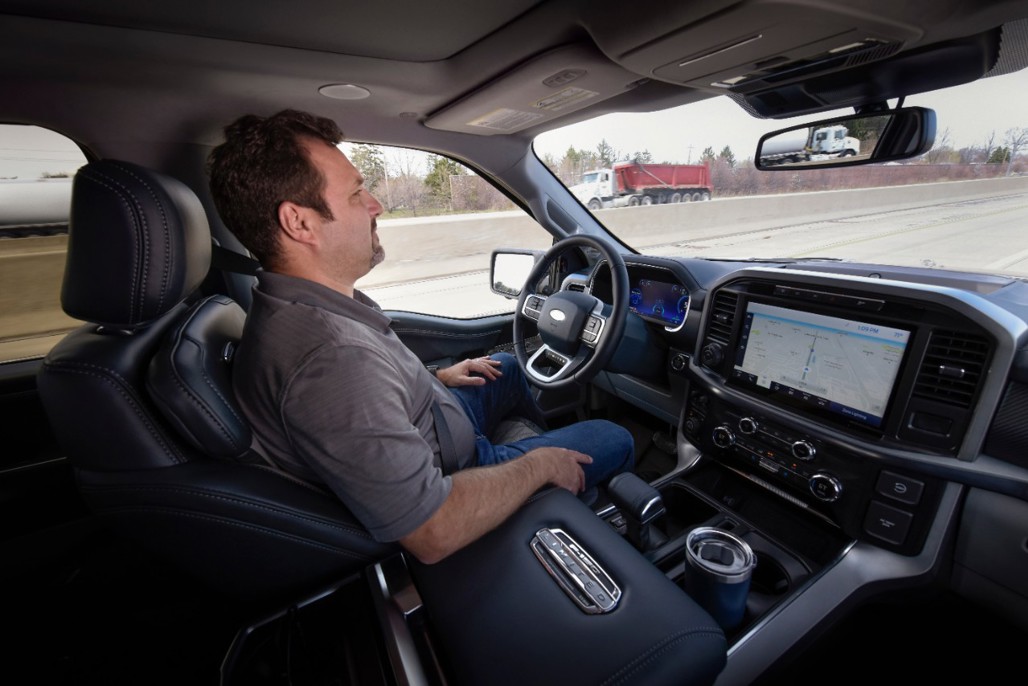Vehicle safety features have advanced at a lightning-quick rate over the past decade. Automakers now offer cutting-edge technology that promises to replace drivers (and our error-prone ways) full stop.
But is this what we really want? If a recent consumer survey in the 2023 S&P Global Mobility report is anything to go by, the answer is no, or at least not at the moment.
According to the survey, about 80 percent of respondents ranked popular advanced driver assistance systems (ADAS) features more favourably than self-driving technology.
To be more specific, these features include blind spot detection, rearview cameras, forward collision warning, and automatic emergency braking. Night vision even snuck onto the list, with 79.8 percent of people saying they desire that feature.
Conversely, less than 65 percent of people surveyed said they want autonomous driving features. These include unsupervised highway driving, remote valet parking, hands-off city driving, and unsupervised city driving. Only 61 percent of the respondents said they desire a fully self-driving vehicle.
What does this mean? Analysts from S&P Global Mobility have said that their findings indicate a general apprehensiveness regarding autonomous vehicle technology. After less than half of the people surveyed said they would ride or purchase a self-driving car.
Of course, these figures may change soon as more autonomous systems hit the mainstream. In China, for example, where self-driving tech is more prevalent and people tend to be more forward-thinking, the survey found respondents to be much more open to an autonomous future - at least when compared to American and European opinions.
In any case, it seems there's no stopping auto manufacturers from launching increasingly more advanced vehicles that will eventually ferry people without a driver behind the wheel. The question now is this: do we want that future?





